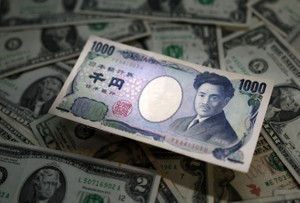By SACHIKO MIWA/ Staff Writer
October 11, 2022 at 14:29 JST
Individual foreign tourists could finally enter Japan with few restrictions on Oct. 11, when the government lifted most of its remaining COVID-19 border controls.
Gone is the unpopular requirement that tourists must travel on package tours to be allowed into Japan. The government also removed its cap on daily arrivals and resumed visa-free entry for short-term travelers from visa-exempt countries or regions.
Testing for COVID-19 upon entry has been scrapped, in principle. But visitors must provide proof of either three vaccine shots or a negative result from a PCR test taken within 72 hours of departure.
The government on Oct. 11 also started a national travel discount program that will subsidize 40 percent of a trip’s cost. The plan is intended to promote domestic tourism that has taken a hit during the COVID-19 pandemic.
Specifically, discounts of up to 8,000 yen ($55) per person per night will be available for package tours involving public transportation, while discounts of up to 5,000 yen will be available for trips in which travelers drive to destinations or arrange for train or airline tickets on their own.
Eligible travelers must either be vaccinated with three doses or present negative test results.
The discounts will also be applied to reservations that have already been made.
The program, expected to run until late December, effectively extends and expands the “kenmin wari” travel subsidy program, which ended on Oct. 10.
The earlier program was limited to residents’ trips within a prefecture or to neighboring prefectures.
The new discount program is currently valid for travel to 46 prefectures, except for Tokyo. It will take effect in the capital from Oct. 20 to cover the entire country.





















Stories about memories of cherry blossoms solicited from readers
Cooking experts, chefs and others involved in the field of food introduce their special recipes intertwined with their paths in life.
A series based on diplomatic documents declassified by Japan’s Foreign Ministry
A series on the death of a Japanese woman that sparked a debate about criminal justice policy in the United States
A series about Japanese-Americans and their memories of World War II
Here is a collection of first-hand accounts by “hibakusha” atomic bomb survivors.